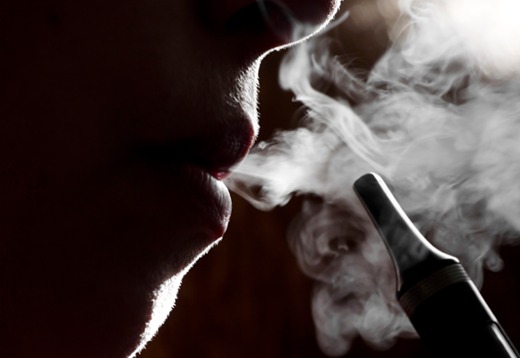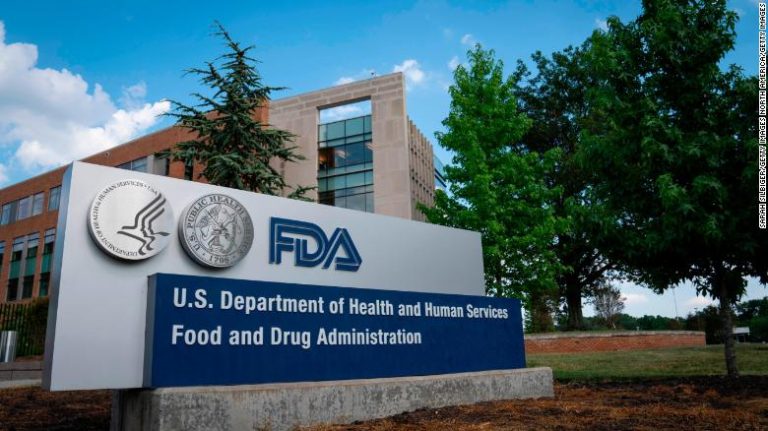
When it comes to highly charged and controversial issues there’s a tendency for a type of story to enter the conversation, the kind that really seeks some moderation and gives credence to both sides. In the best case these present nuanced contributions and critiques to the discussion. Often, however, they devolve into bothsideism, presenting a false balance between two views that portrays them as being equally valid usually by propping up concerns that aren’t backed by evidence. This is precisely what several major liberal publications and journalists such as Vox co-founder and now independent blogger Matt Yglesias does in his article as well as Reuters and the New York Times have done with their reporting on puberty blockers.
Yglesias portrays a false balance on the question of whether puberty blockers are reversible by comparing the position of the “United States government” that states puberty blockers are reversible to that of the UK’s National Institute for Health and Care Excellence (NICE) which states there is “no good clinical evidence” that is the case. It’s not just “according to the United States government” that puberty-suppressing medication is safe and reversible but the consensus of a litany of medical organizations such as the Endocrine Society, American Academy of Pediatrics, and American College of Osteopathic Pediatricians.
Several of the articles mention how the FDA has not yet approved of puberty blockers as a treatment for gender dysphoria specifically, but that’s representative of a lack of study or safety. The covid vaccines we all got were not fully FDA-approved until more than 370 million doses were administered. The fact the covid vaccine did not have FDA approval yet was a routine talking point I witnessed by anti-vaxxers at the time. Puberty blockers have been used to treat precocious puberty for decades, and there is a litany of research on both their use for that and for transgender kids.
The evidence presented by the NICE is a review of cherry-picked studies that rely on the strawman of what puberty blockers actually do. It does not argue that puberty blockers are not reversible as Yglesias claimed, but that there’s a lack of evidence on their efficacy in treating gender dysphoria. This ignores the fact that puberty blockers are not meant themselves as treatments for dysphoria and declines in mental health but to buy time to consider proper treatment as puberty itself is irreversible. Going on puberty blockers will not erase the bullying, discrimination, and lack of acceptance trans children face on a regular basis.
However, the Reuters article notably points out how the “Endocrine Society, in its own guidelines, acknowledges the “low” or “very low” certainty of evidence supporting its recommendations.” without explaining that a “low certainty of evidence” in this context means the lack of randomized control trials. It is obvious that a double-blind trial cannot be done with puberty blockers due to the ethical issues of misleading someone into taking fake puberty-suppressing medication. The standards and recommendations of the World Professional Association for Transgender Health (WPATH) are open and careful and this is admitted in all of the articles, but this gets put against the counterweight of the narrative that kids are being pressured to transition by clinics and progressive ideology. It is hard to take this suggestion seriously when one uses a highly contested whistleblower report that has been debunked by the very child in question. In order to support their bothsideism these publications have created a false sense of uncertainty and division within the medical community, and this is deeply irresponsible.


